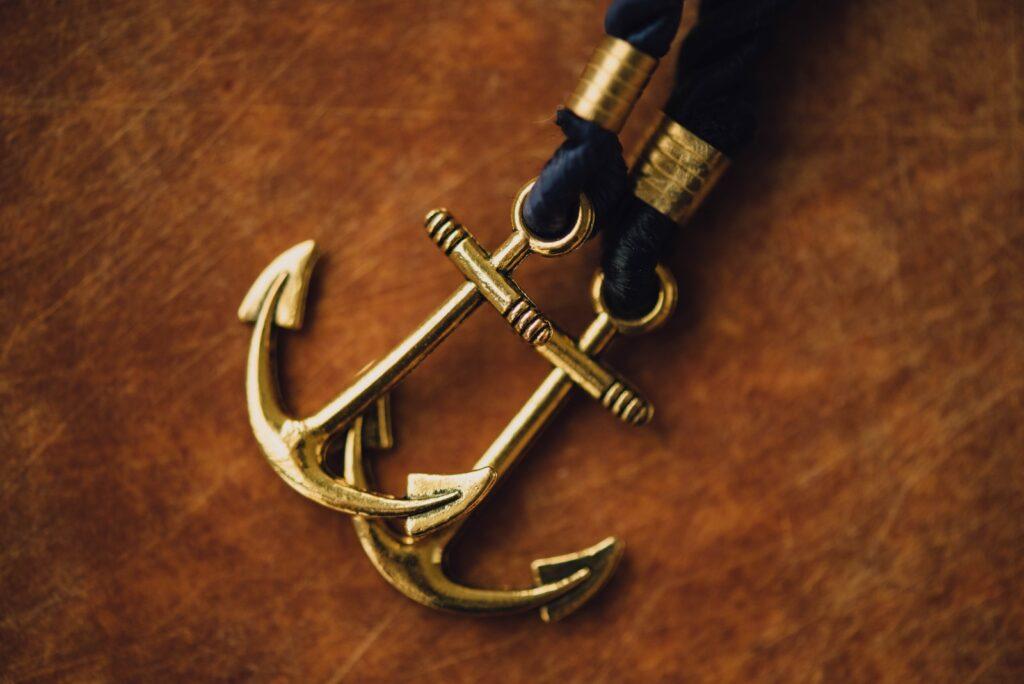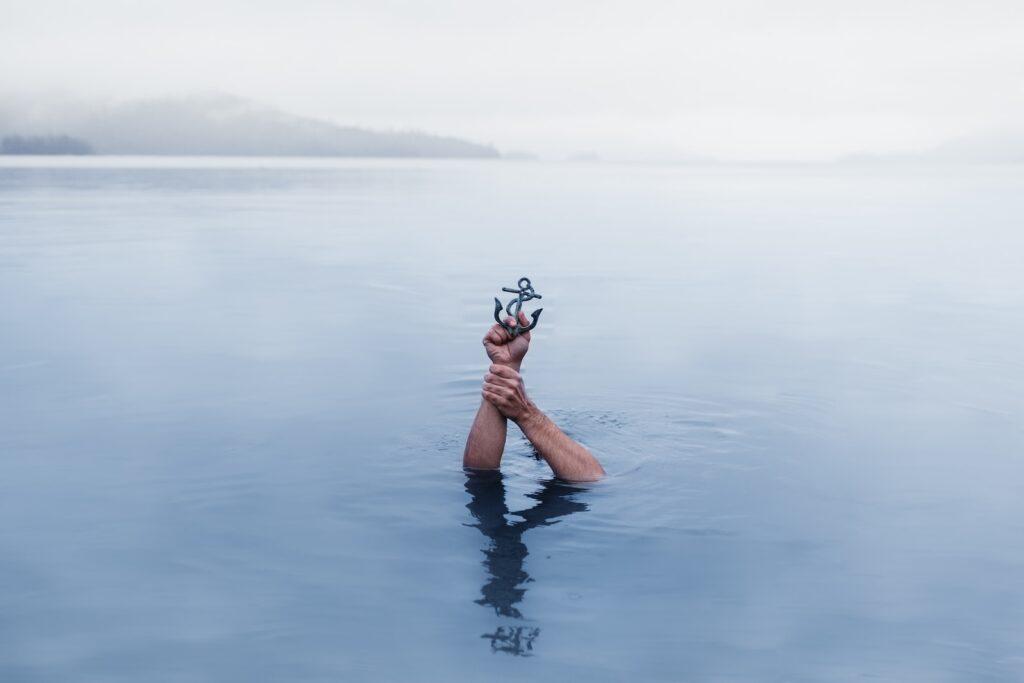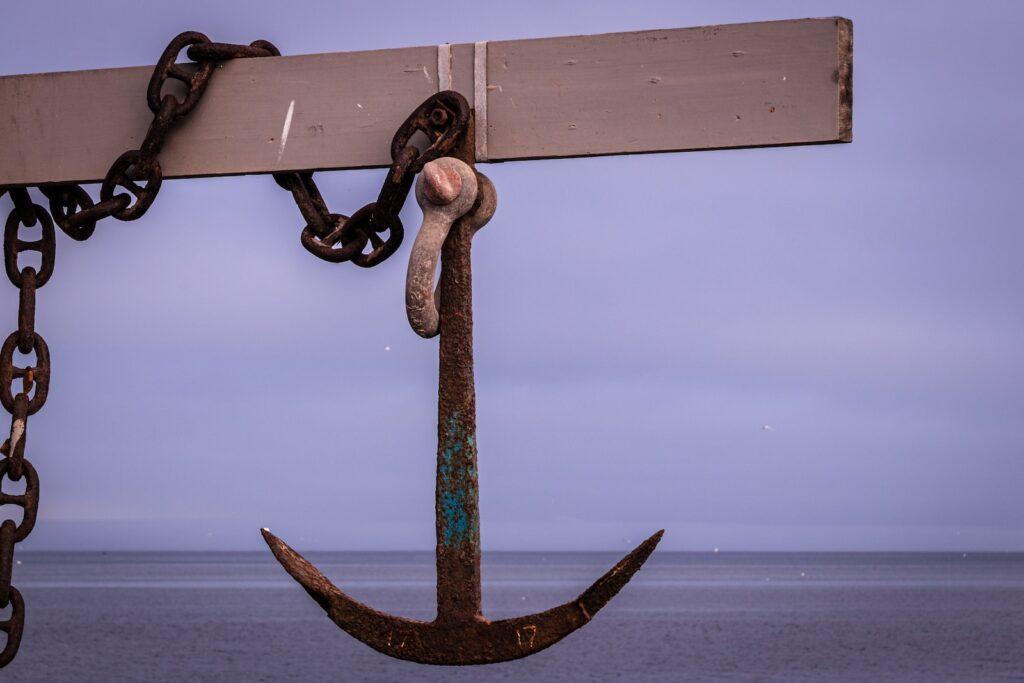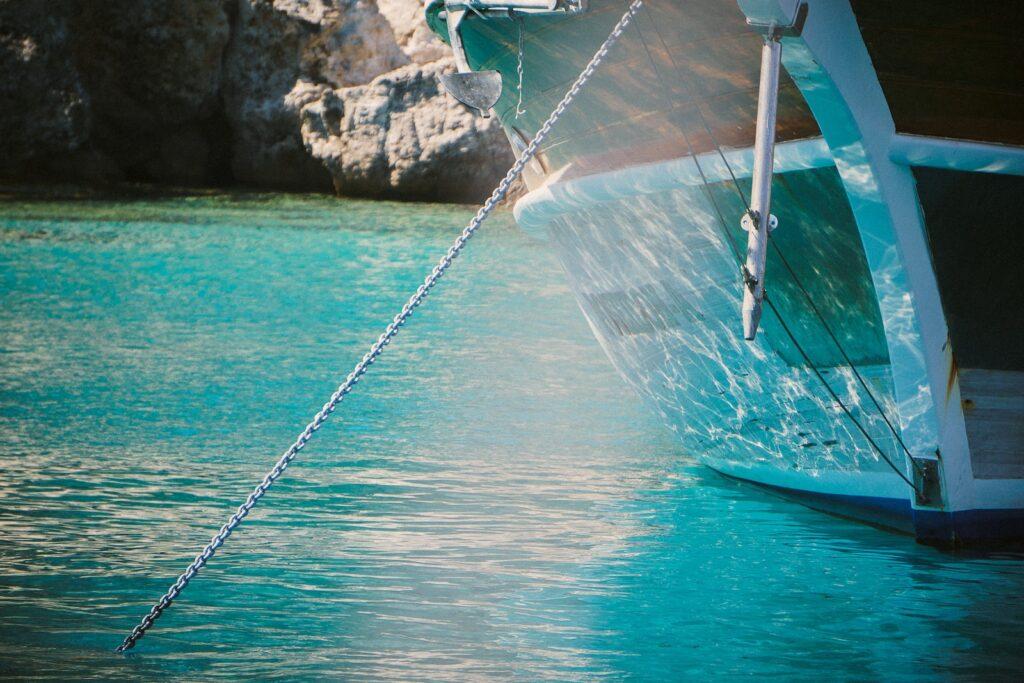How to Anchor a Boat in a Lake
Anchoring your boat in a lake requires some skill and knowledge. Knowing how to anchor a boat in a lake will help you stay safe and ensure that your vessel stays in place while you enjoy your time in the lake.
Key Takeaways:
- Choose a suitable location considering depth, bottom type, wind, and nearby boats.
- Use the right anchor and attach it securely to the anchor line (rode).
- Slowly approach the chosen spot into the wind or current.
- Lower the anchor steadily while drifting backward. Set it firmly using reverse engine power.
- Ensure the anchor holds, secure the anchor line to the boat, and stay alert for any changes in conditions.
How to Anchor a Boat in a Lake
Anchoring your boat in a lake is a simple process, but it’s important to make sure it’s done correctly to ensure that your boat stays put and is not damaged. Make sure you are in an area that is deep enough for the anchor to reach the bottom of the lake. Then, secure the anchor to the bow of the boat and attach the rope to the anchor. When you have identified the desired spot, drop the anchor over the side of the boat and slowly allow the rope to pay out. The anchor should settle firmly on the lake floor, and the rope should be tight enough that the boat won’t drift. Tie off the rope to the boat or secure it with a cleat and test the anchor by giving it a tug.
- Choose a location: Choose a spot in the lake that is sheltered from wind and waves.
- Drop anchor: Secure the anchor securely to the boat and lower it into the lake.
- Monitor the anchor: Ensure that the anchor remains securely in the bottom of the lake.
- Secure the rope: Tie the rope that is attached to the anchor to a cleat on the boat.
- Adjust the rope: Adjust the length of the rope as necessary to ensure that the boat remains stable and secure.
- Monitor the weather: Monitor the weather conditions regularly to make sure the boat remains safe and secure.
When you have successfully anchored your boat, you should take additional measures to ensure it stays in place. They are very different from river anchors so its important to know the difference. If the wind or current is especially strong, it may be necessary to use more than one anchor. Depending on the size of the boat, you may also need to use additional rope to further secure the anchor. If you are anchoring in a shallow lake, you should consider using a buoy to mark the location of the anchor in case it becomes dislodged and drifts away. Once you have all of the necessary precautions in place, you can enjoy the lake knowing your boat is safely anchored to the bottom.

Why Anchoring in a Lake is Important
Anchoring your boat in a lake is important for several reasons. It keeps your boat from drifting away, and it also ensures that your boat does not interfere with other boat traffic. Safe anchoring practices help to prevent damage to your boat, other vessels in the area, and the environment.
It is important because it provides a secure and stable point of reference for boats and other vessels, allowing them to safely remain in the same spot for extended periods of time. It helps to prevent drifting and collisions with other boats, as well as potentially damaging shorelines or other sensitive lake areas. It is also a necessary part of recreational activities such as fishing, swimming, and boating, as having a secure anchor point in the water gives people a place to tie their boat and access shorelines or other areas.
How heavy of an anchor do I need in a lake?
The weight of the anchor you need depends on the size of your boat and the depth of the lake. Generally, a boat up to 25 feet in length requires an anchor that is at least 1/4 the weight of the boat. If your boat is larger than 25 feet, you may need to use an anchor that is 1/3 the weight of the boat. If the lake is deeper than 10 feet, you may need to use an anchor that is heavier than the 1/4 or 1/3 guideline.
How do you anchor a boat in a lake overnight?
To anchor a boat in a lake overnight, you will need an anchor and enough rope or chain to reach the bottom of the lake. If you have found a suitable spot to anchor your boat, drop the anchor into the water and let out the rope or chain until you feel the anchor is secure. Make sure to check the anchor periodically to ensure it is still secure and that no wind or wave action has caused it to move.
- Choose a sheltered spot away from any shallow areas or areas with a lot of boat traffic.
- Drop anchor and use enough scope (anchor line) to provide enough room for the boat to swing with the wind and waves.
- Tie the anchor line off to a cleat on the boat or use a float to mark the line.
- If necessary, use additional anchors or mooring buoys to secure the boat.
- Check and adjust the anchor line regularly throughout the night.
Once the anchor is secure, you can tie the rope or chain off to the boat to ensure it does not move. It is also important to check the weather forecast before anchoring your boat and make sure that the expected conditions are suitable for it to remain safely anchored in the lake overnight. It is always a good idea to use a buoy to mark your boat’s location so that it can be easily found in the morning.
Equipment Needed for Anchoring

Before you can anchor your boat, you will need the proper equipment. The most important pieces of equipment are the anchor, anchor line, and anchor rode. The anchor should be heavy enough to hold your boat in place, and the anchor line should be long enough to reach the bottom of the lake. The anchor rode is the rope or chain that connects the anchor to the boat. Other helpful items include fenders, buoys, and a buoy line.
Anchors
Anchors for lake come in a variety of shapes and sizes. The type of anchor you choose will depend on the size and type of boat you have, as well as the conditions of the lake. Some common anchors include Danforth, Bruce, and CQR anchors.
Anchor Line
Anchor line, also known as anchor rode, should be made from nylon or polypropylene material. The length of the line should be at least seven times the depth of the lake. This will provide enough line to reach the bottom of the lake. If You are able to have anchor windlasses they will also be helpfull.
Buoys and Fenders
Buoys and fenders can help protect your boat from other boats in the area. Buoys should be placed at the end of the anchor line near the anchor, and fenders should be placed along the sides of the boat.
Setting the Anchor

Once you have all the necessary equipment, you can set the anchor. Find an appropriate spot on a lake to anchor. Look for a spot that is sheltered from wind and waves, and make sure there is enough water for your boat.
Securing the Anchor
Secure the anchor to the anchor line with a shackle or other secure fastener. Make sure that the anchor is securely attached to the line.
Dropping the Anchor
Once the anchor is securely attached to the line, you can drop the anchor. Slowly lower the anchor into the lake, paying attention to the line and the anchor. As the anchor reaches the bottom, it should start to take hold.
Securing the Line
Once the anchor is in place, it is important to secure the line to the boat. Use a cleat, a winch, or another secure fastener to attach the line to the boat. Make sure the line is tight and secure.
Testing the Anchor in Lakes

Once the anchor is set, you should test it to make sure that it is secure. Put the boat in reverse and pull on the anchor line. If the anchor holds, then it is secure. If the anchor does not hold, then adjust the line or move the anchor to a different spot and try again.
Retrieving the Anchor
When it is time to leave a lake, retrieve the anchor and line. Pull on the line to make sure the anchor is free. If the anchor is stuck, use a boat hook to help free it. Once the anchor is free, slowly bring it on board. Make sure to store the anchor and line in a safe place.
Retrieving an anchor from a lake can be a challenging task, depending on the depth of the lake and the type of anchor. Best way to retrieve an anchor is to tie a rope to it and use a boat to pull it up, or to slowly pull the rope by hand while a second person guides the anchor to shore. If the anchor is too deep to reach, a grappling hook or anchor retrieval device may be necessary in order to pull it up.
Conclusion
Anchoring a boat in a lake requires some skill and knowledge. Knowing how to anchor a boat in a lake will help you stay safe and ensure that your vessel stays in place while you enjoy your time in the lake. Make sure to use the proper equipment and follow proper anchoring procedures to ensure the safety of your boat and other vessels in the lake.
